4 & 2 Stroke Engine ( 4 स्ट्रोक और 2 स्ट्रोक इंजन) ( 4 السكتة الدماغية و 2 السكتة الدماغية المحرك)
Description
Figure 1. 4-stroke internal combustion engine. 1:fuel injection, 2:ignition, 3:expansion(work is done), 4:exhaust.
The four-stroke engine is the most common types of internal combustion engines and is used in various automobiles (that specifically use gasoline as fuel) like cars, trucks, and some motorbikes (many motorbikes use a two stroke engine). A four stroke engine delivers one power stroke for every two cycles of the piston (or four piston strokes). There is an animation to the right (Figure 1) of a four-stroke engine and further explanation of the process below.
Intake stroke: The piston moves downward to the bottom, this increases the volume to allow a fuel-air mixture to enter the chamber.
Compression stroke: The intake valve is closed, and the piston moves up the chamber to the top. This compresses the fuel-air mixture. At the end of this stroke, a spark plug provides the compressed fuel with the activation energy required to begin combustion.
Power Stroke: As the fuel reaches the end of it’s combustion, the heat released from combusting hydrocarbons increases the pressure which causes the gas to push down on the piston and create the power output.
Exhaust stroke: As the piston reaches the bottom, the exhaust valve opens. The remaining exhaust gas is pushed out by the piston as it moves back upwards.
2 Stroke Engine
The two stroke engine employs both the crankcase and the cylinder to achieve all the elements of the Otto cycle in only two strokes of the piston.
Two stroke, intake
Intake
The fuel/air mixture is first drawn into the crankcase by the vacuum that is created during the upward stroke of the piston. The illustrated engine features a poppet intake valve; however, many engines use a rotary value incorporated into the crankshaft.
Two stroke, crankcase compression
Crankcase compression
During the downward stroke, the poppet valve is forced closed by the increased crankcase pressure. The fuel mixture is then compressed in the crankcase during the remainder of the stroke.
Two stroke, transfer/exhaust
Transfer/Exhaust
Toward the end of the stroke, the piston exposes the intake port, allowing the compressed fuel/air mixture in the crankcase to escape around the piston into the main cylinder. This expels the exhaust gasses out the exhaust port, usually located on the opposite side of the cylinder. Unfortunately, some of the fresh fuel mixture is usually expelled as well.
Two stroke, compression
Compression
The piston then rises, driven by flywheel momentum, and compresses the fuel mixture. (At the same time, another intake stroke is happening beneath the piston).
Two stroke, power
Power
At the top of the stroke, the spark plug ignites the fuel mixture. The burning fuel expands, driving the piston downward, to complete the cycle. (At the same time, another c

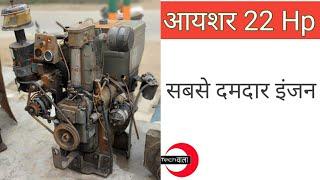


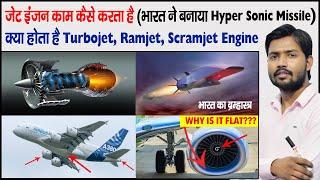

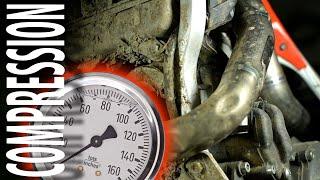

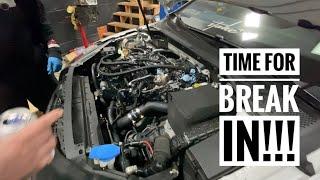
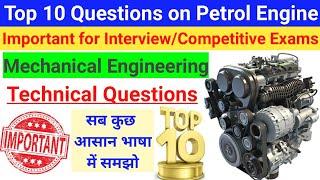


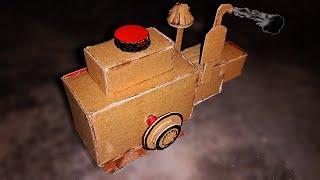
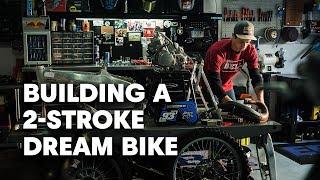







Comments